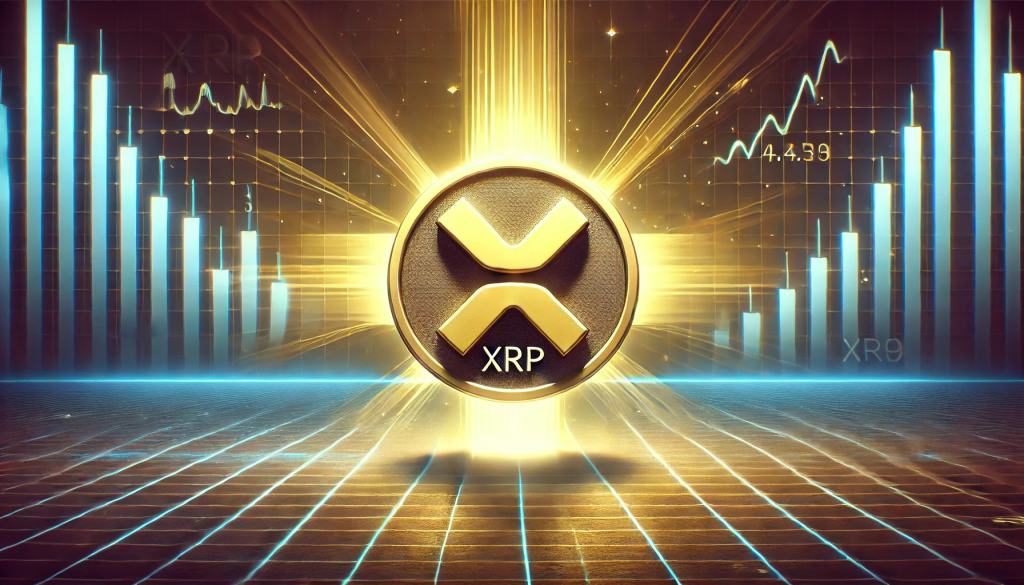BitMine Immersion (BMNR), the largest Ethereum-focused digital asset treasury (DAT) firm led by Wall Street veteran Thomas Lee, is grappling with massive unrealized losses even as it reports strong annual earnings. The company recently disclosed $328 million in net income for its fiscal year ending August 31 and posted fully diluted earnings per share of $13.39. BMNR also announced a symbolic dividend of $0.01 per share and unveiled plans to introduce its MAVAN (Made-in America Validator Network) staking infrastructure platform in early 2026.
However, analysts warn these upbeat financials mask deeper structural issues. According to Markus Thielen, founder of 10x Research, BMNR and similar Digital Asset Treasury firms are under pressure as Ethereum’s price slump continues to erode portfolio values. Following a steep 45% drop in ETH since its August peak, BMNR is now estimated to be sitting on more than $4 billion in unrealized losses. The firm’s stock has also plunged 84% since July, wiping out the net asset value (NAV) premium that once fueled investor confidence.
Thielen highlighted that many DAT models rely heavily on multi-layered corporate structures, expensive advisory relationships, and high executive compensation packages that steadily eat into investor returns. In BMNR’s case, leadership and advisory agreements could drain as much as $157 million annually over the next decade.
Another major challenge lies in Ethereum staking yields, which represent a core revenue channel for BMNR. With the CESR Composite Ether Staking Rate hovering around 2.9%, returns fall far short of U.S. money market yields considered virtually risk-free. After operational expenses and intermediary fees, shareholders are left with an even smaller effective yield—levels that Thielen argues “no serious institutional allocator will accept,” especially given ETH’s price volatility and the risks associated with collateral drawdowns.
As ETH prices weaken and NAV premiums collapse, Thielen warns that DAT structures may leave investors stuck with limited liquidity options. He describes it as a “Hotel California scenario,” where shareholders find themselves unable to exit without substantial losses.
This growing mismatch between earnings headlines, asset performance, and investor expectations is raising concerns about the long-term sustainability of the DAT business model, particularly for firms heavily dependent on Ethereum’s price and staking economics.


























Comment 0